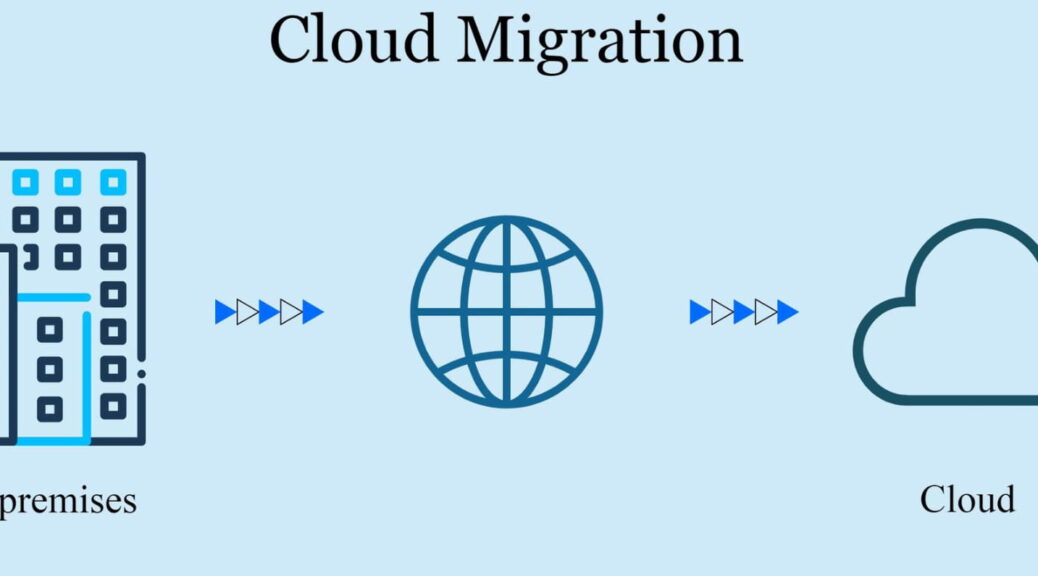
5 Key Strategies for Effective Enterprise Cloud Migration
In today’s digital age, embracing the cloud has become imperative for businesses seeking scalability, flexibility, and cost-efficiency. However, enterprise cloud migration is not merely a one-size-fits-all solution; it’s a strategic journey that demands careful planning and execution. In this blog, we will explore five key strategies to ensure a successful and effective cloud migration.
1. Establish Clear Objectives
Ask yourself what you aim to accomplish through migration. Whether it’s reducing operational costs, improving scalability, enhancing data security, or enabling remote work, a well-defined roadmap will guide your decisions and help measure success.
2. Assess Your Current Environment
A thorough assessment of your existing IT infrastructure is the foundation of a successful migration. Identify all applications, workloads, and data that need to be moved to the cloud. Categorize them based on their complexity and criticality. This evaluation will inform your migration strategy and resource allocation.
3. Choose the Right Cloud Model
Selecting the appropriate cloud model is a critical decision. Options include public, private, hybrid, or multi-cloud solutions. The choice should align with your business goals, budget, and regulatory requirements. A hybrid or multi-cloud approach can offer the flexibility needed for complex enterprise environments.
4. Prioritise Security and Compliance
Data security and compliance are non-negotiable in cloud migration. Invest in robust security measures, encryption, and access controls to protect sensitive information. Ensure that your chosen cloud provider complies with industry-specific regulations to avoid legal issues.
5. Plan for Data Migration and Testing
Data migration is a complex process that requires meticulous planning. Develop a data migration strategy that minimizes downtime and data loss. Regularly test the migration process to identify and address issues proactively. A well-executed testing phase can save time and resources in the long run.
6. Engage Stakeholders and Provide Training
Successful cloud migration involves more than just technology—it’s a cultural shift within your organization. Engage stakeholders at all levels to gain their buy-in and support. Provide training to your staff to ensure they have the necessary skills to work in the cloud environment effectively.
7. Implement Monitoring and Governance
Once your migration is complete, ongoing monitoring and governance are essential. Implement cloud management tools to track performance, costs, and security. Establish governance policies to manage resource allocation, usage, and compliance.
Conclusion
Effective enterprise cloud migration is a journey that can transform your business. Successful migration is not a one-off event; it’s an ongoing process that evolves with your business needs. Regularly assess your cloud environment, optimize resource allocation, and stay updated with cloud technology advancements to maximize the benefits.